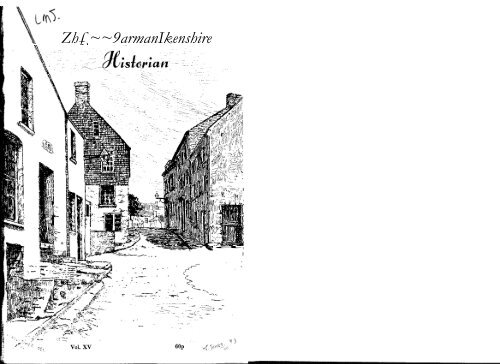
In the previous entry of this series, we examined the extensive career of the English navigator Sir Robert Dudley (1574–1649). This concluded with a discussion of the scientific devices he bequeathed, currently displayed in the Museo Galileo in Florence. These devices originated from various manufacturers, and today I will highlight one that hasn’t been addressed in this series: James Kynvyn (c. 1550–1621)[1].
James Kynvyn does not conform to the usual image of English instrument creators from the latter half of the sixteenth century. As is frequently the case, information regarding Kynvyn’s early years is limited. The majority of our knowledge stems from his will, recorded under the name Jacobus Kynvin, dated September 1615, where he is identified as a citizen and Merchant Taylor of London. This is notable; Thomas Gemini (c.1510–1562) was an engraver who transitioned to instrument making upon his arrival in England. Humfrey Cole (c. 1530–1591), a goldsmith, served as an engraver at the Royal Mint and took up instrument making as an ancillary occupation. Both individuals also engraved maps. Augustine Ryther (fl. 1576–1593) gained more recognition as an engraver and is celebrated for his maps rather than for instruments. We have a dozen surviving devices crafted by Kynvyn, but no maps or other engraving projects. The relatively low quality of the calligraphy on his earliest devices suggests that he was not an adept engraver at the outset.
The Court Minutes of the Merchant Taylor Company, dated 26 October 1573, state:
Firstly, the Mr [Master] and Wardens aforementioned, in contemplation of my Lord Mayor his Honour and the appeal of Sir Thomas Offley Knight, have made James Kynvyn free by redemption without charge.
Offley, a previous Lord Mayor, indicates that Kynvyn was esteemed by the Company on the recommendation of prominent City officials, implying either familial connections or personal high esteem. This notion is supported by a 1617 will of John William Kynvyn, probably James’ sibling, referring to him as ‘gentleman’. James is mentioned in the will alongside another brother, Edward Job. His marriage to Elizabeth Coke is recorded in the St Michael Bassishaw’s church register in January 1574, confirming this. His home parish was Llantilio in Monmouthshire, and at the time of his demise, he lived on Fleet Street, London. Unlike other instrument creators who were skilled tradesmen from an early age, Kynvyn’s social status raises questions about why a tailor transitioned to scientific instrument fabrication.
There are merely twelve extant devices made by Kynvyn, created within a decade following the earliest, dated to 1593. This implies he began making instruments around the age of forty and lived for another two decades after he stopped. The reasons for his initiation or cessation after such a relatively short timeframe remain unknown.
Another reference is a note by Elizabethan critic and poet Gabriel Harvey (1545–1631), in his copy of The Mathematical Jewel (1585) by John Blagrave (d. 1611):
His [Blagrave’s] familiar staff, newly released this 1590. The Instrument itself made and sold by M. Kynuin of London near Paul’s. A skilled artisan and my kind friend: first recommended to me by M. Digges, and M. Blagrave himself. … Mr Kynvyn sells the Instrument in brass.
Harvey’s mention of ‘old Humfrie Cole’ and ‘near Pauls’ refers to St Paul.